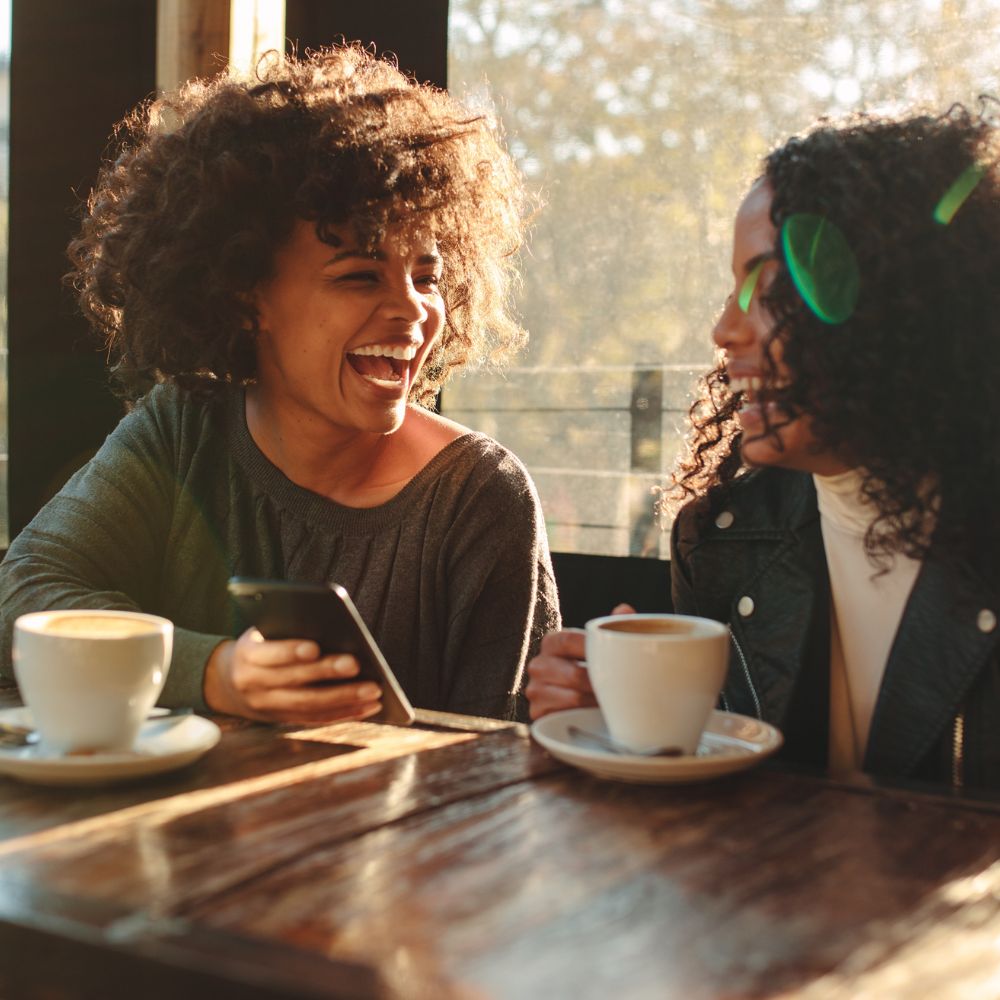What is Socialization for Humans?
The Process of Human Socialization
Socialization for humans is the process through which people learn and adopt the norms, values, behaviors, and social skills necessary to interact and function within their society. It starts early in life and continues throughout your lifetime, shaping how we communicate, form relationships, and understand cultural expectations. Socialization happens through various influences, such as family, friends, schools, media, and life experiences.
Socializing in Everyday Life
In a more casual sense, when we talk about socializing, we usually mean hanging out with friends, meeting new people, and enjoying social activities. It’s how we connect, build relationships, and feel a sense of belonging. Whether it's chatting over coffee, working together in a team, or simply sharing experiences, socializing helps us develop emotional intelligence and communication skills. Unlike dogs, who experience the world differently, humans seek meaningful connections and shared experiences to feel fulfilled and integrated into society.
Until I brought a reactive dog into my life, I did not understand that socialization is not the same for dogs. That a well socialized dog does not mean they enjoy dog parks or going out to the local farmers market.
Socialization for Dogs: It’s Not What You Think
More Than Just Making Friends
When we talk about socializing our dogs or have the thought of “that dog is so well socialized,” we typically think of a dog that’s super friendly and loves being around other dogs and people. But get this—socialization for dogs isn’t like it is for humans. When we hang out with our friends, we call that socialization, right? Well, it’s not exactly the same for our dogs.
Confidence Over Companionship
For them, socialization isn’t exactly about making friends. It’s really about how well they can handle all kinds of situations, environments, and experiences. It’s about feeling comfortable and confident whether they’re meeting a new person, hearing a loud noise, or walking on a strange surface like metal or tile.
Socialization Isn’t Just for Puppies
A well-socialized dog doesn’t necessarily mean they love everyone and everything—it means they can exist in the world without stress or fear. They know how to stay calm when a skateboard zooms by or when they’re in a crowd of people. The goal is to help them feel safe and secure, not force them to be the life of the party.
And here’s the cool part—socialization isn’t just for puppies. Sure, it’s easiest to start young, but older dogs can still learn to navigate new things with patience and positive experiences. The trick is to introduce them gradually, keeping things low-pressure and rewarding their calm, confident behavior with lots of treats and love.
Socializing Reactive Dogs: Challenges and Solutions
Why Avoidance Isn't Always the Answer
When it comes to socializing fearful dogs, it can feel a bit overwhelming. A lot of people think that if their dog is reactive—whether it’s barking, lunging, or just getting overly stressed—they should avoid social situations altogether.
But here’s the thing: keeping them away from the world doesn’t help them learn how to cope. In fact, it can make things worse because they never get the chance to experience new things in a positive way. The key is finding that balance between exposure and keeping them within their comfort zone. Gradual, controlled socialization helps them build confidence without pushing them past their limits.
Often times I am asked by strangers if they can say hi to my dog, which I am beyond thankful that more people are asking! This one particular dog typically shuts down when new people try to approach him. My response is typically "it is up to him, if he approaches you, just ignor it until he shows interest in making eye contact or getting pets. During these moment, he will contine to check in with me and I reward with lots and lots of treats.
This has been a long work in progress as he would always shut down the moment someone he did not know was in his view. His freeze response is very strong and while sometimes people mistake this for being a "good dog", it is actaully him trying to become invisable. A threshold we have worked very slowly at getting through.
Recognizing Your Dog's Threshold
Understanding your dog’s body language and threshold is super important in this process. Every dog has a point where they go from “I’m okay” to “This is too much,” and recognizing those signs—like lip licking, yawning, turning away, or even stiffening up—can help you step in before they hit that point. Socialization isn’t about forcing them to “just get over it.” It’s about introducing new experiences at a pace they can handle and reinforcing the good moments.
The Role of a Professional Behaviorist
Sometimes, though, it’s hard to do this alone, and that’s where working with a professional behaviorist or trainer can make all the difference. A good behaviorist can help you create a plan tailored to your dog’s needs and guide you through the process in a way that’s safe and effective. To learn more about the differnce is and what to look for, check out this article here.
The Importance of Professional Guidance
Learning to Read Body Language and Thresholds
If you’re unsure about how to read your dog’s body language or determine their threshold, seeking professional help can be a game-changer. A qualified behaviorist or trainer can teach you to recognize subtle signs of stress or discomfort, helping you intervene before things escalate. This knowledge not only improves your dog’s experiences but also strengthens your bond by fostering better communication and trust.
One of my favorite books on dog body language is written and illustrated by Doggie Language by Lili Chin You can purchase this on Amazon (that is my affiliate link to the book).
Building Trust and Confidence
By working with a professional, you'll gain valuable tools to ensure your dog is socialized in a way that supports their well-being. With the right guidance, you can help your dog navigate the world confidently and comfortably.
Final Thoughts on Socialization
So next time you think about socialization, don’t just focus on playdates and park visits—think about helping your dog feel secure and confident in their own way.



